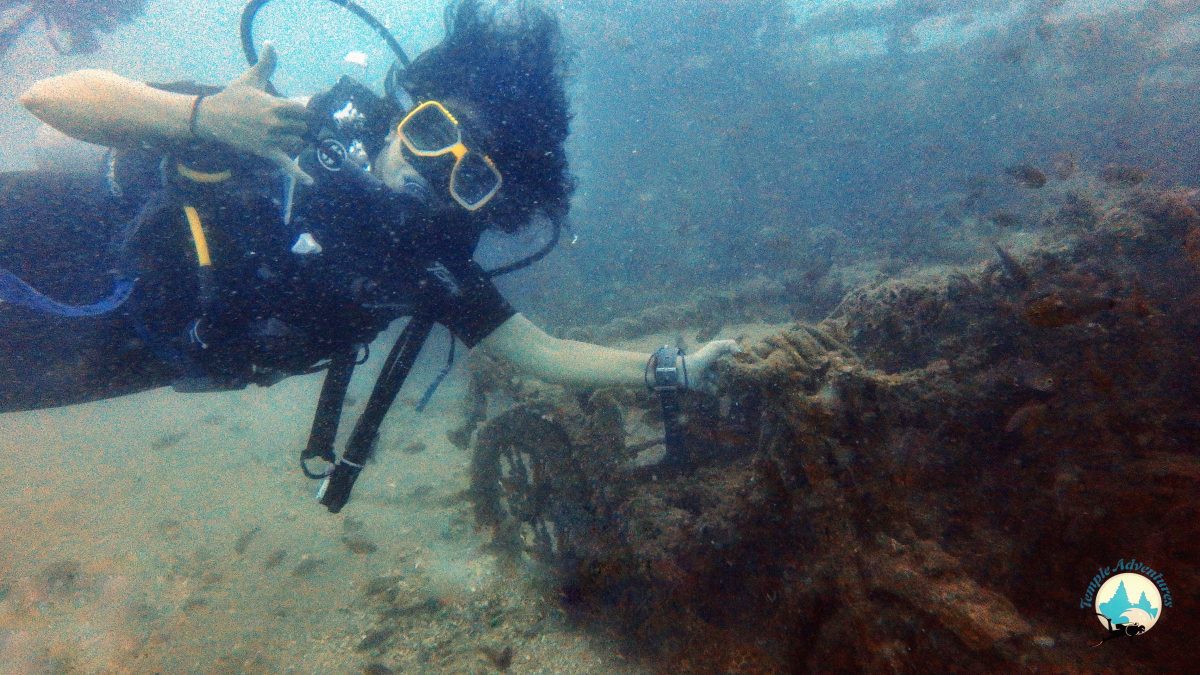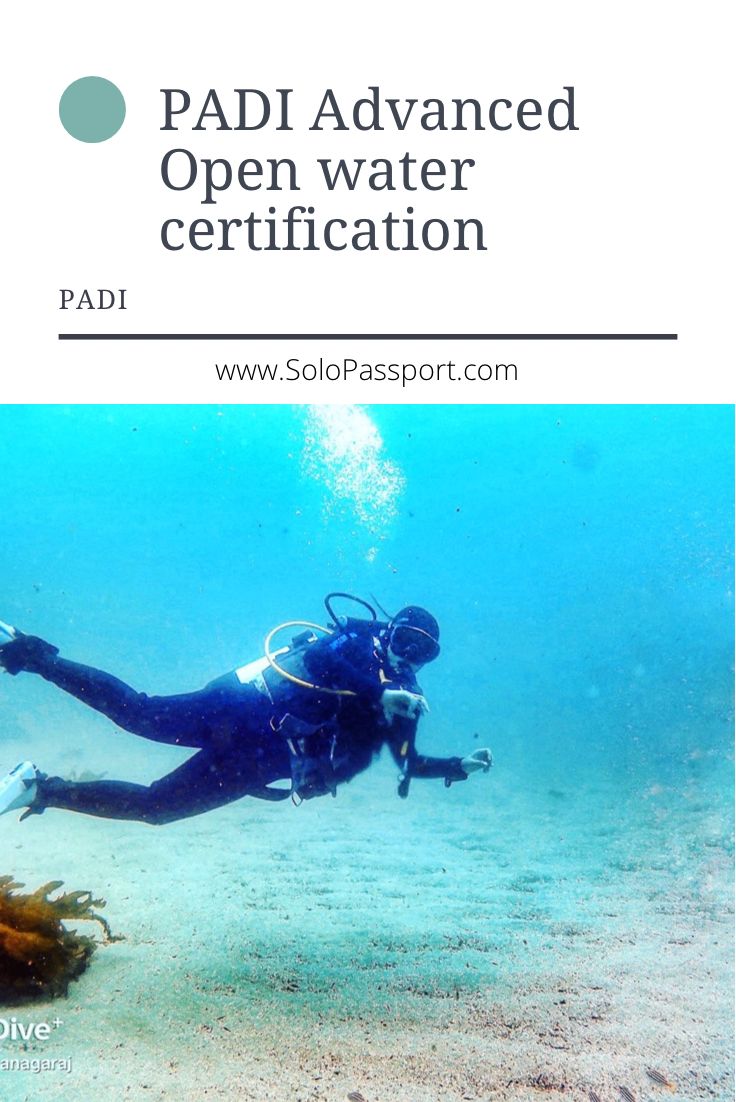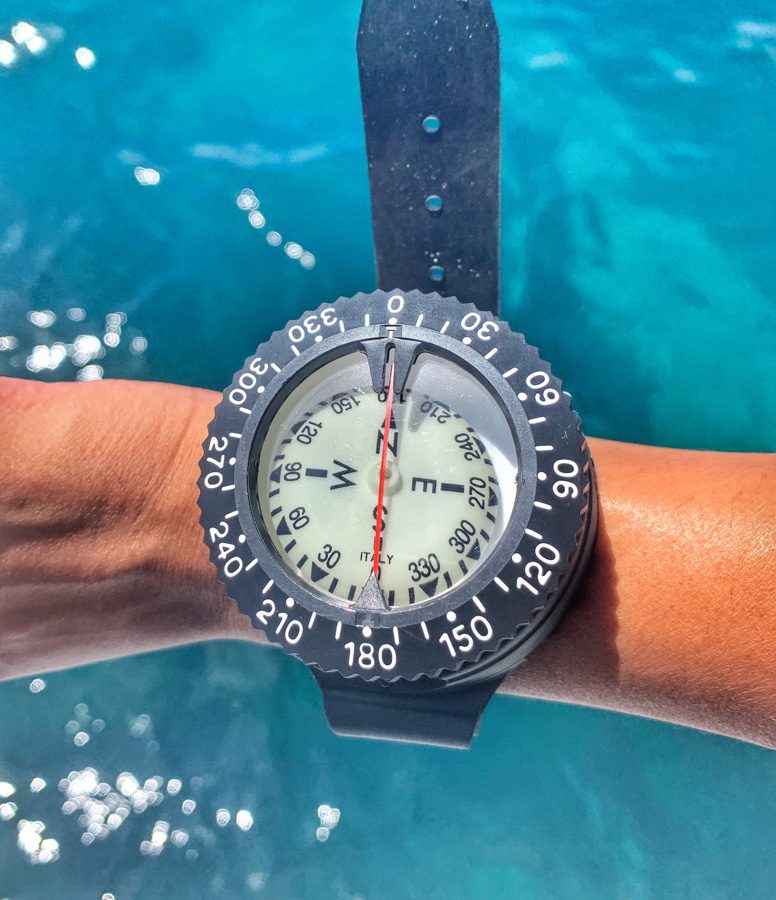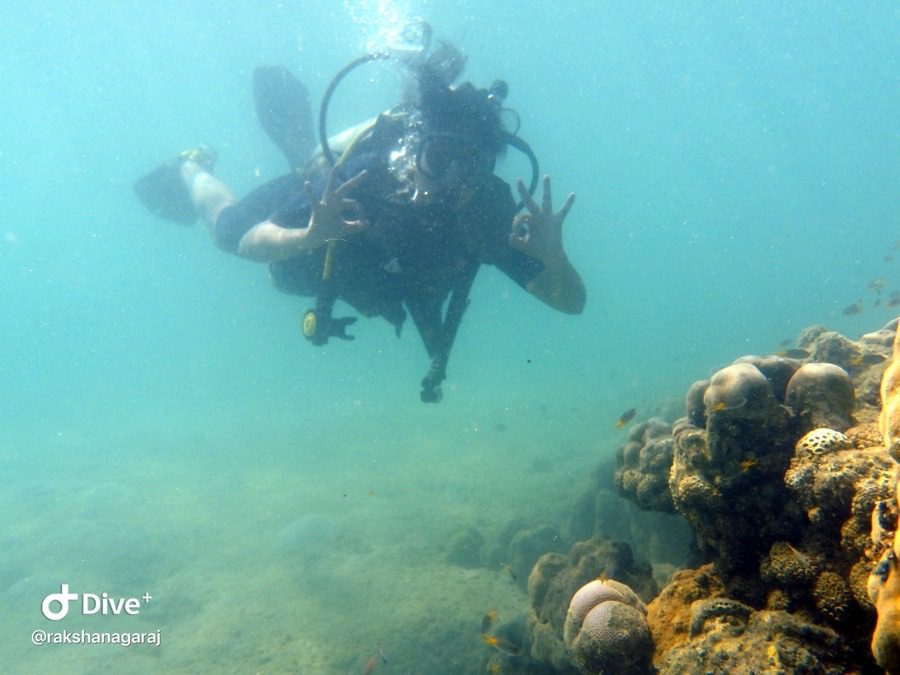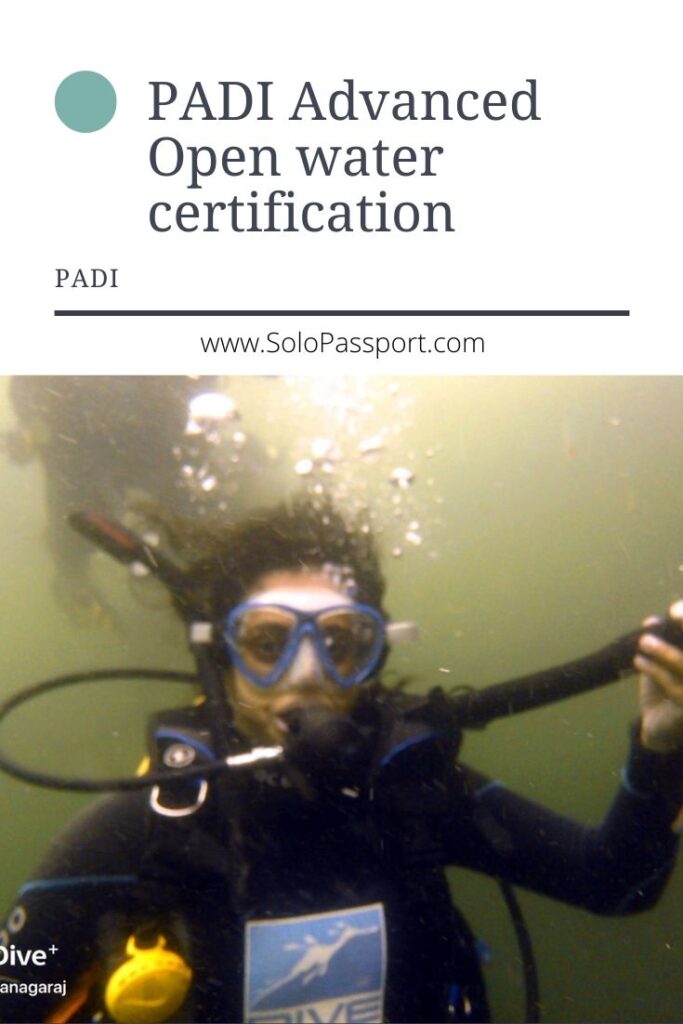Elevate Your Diving Skills with Advanced Open Water Certification (2024)
Are you looking to take your diving skills to new depths? Pursuing an Advanced Open Water Certification could be just the ticket. While Open Water Certification equips you with the basic skills needed for diving, the advanced level takes you further, offering a comprehensive understanding of various diving techniques, environments, and challenges.
With an Advanced Open Water Certification, you’ll delve into advanced diving concepts, including navigation, deep diving, and underwater communication. These additional skills enhance your safety underwater and allow you to explore a broader range of dive sites and conditions confidently.
But it’s not just about pushing boundaries; it’s also about expanding your horizons. Advanced Open Water Certification opens doors to new underwater adventures, whether exploring vibrant coral reefs at greater depths or discovering fascinating wrecks teeming with marine life. So, if you’re ready to elevate your diving experience and unlock a world of possibilities beneath the waves, embarking on the journey towards Advanced Open Water Certification is the perfect next step.
One scuba diving course that prioritizes practical experience over theoretical knowledge is the Professional Association of Diving Instructors (PADI) Advanced Open Water Certification. This program applies the specialized skills acquired during the Open Water certification course. Participants engage in a series of mandatory and optional specialized dives, allowing them to enhance their abilities and progress to the next level of proficiency.
Page Contents
PIN for later reference – Elevate Your Diving Skills with Advanced Open Water Certification
This article may contain affiliate links, meaning if you decide to purchase via my links, I may earn a commission at no additional cost to you. For complete information, please see our affiliate disclaimer here.
Disclaimers:
- The prices mentioned in the post are valid only at the time of publication. Ensure that you check the booking websites for up-to-date information and prices.
- My opinions and views are unbiased. If the post is a collaboration, then they are specifically mentioned.
- Ensure that you check the relevant websites for up-to-date information on COVID protocols.
- For any adventurous activities, please note that there is a risk that can be dangerous. Ensure you read the terms and conditions recommended by individual agencies and do them at your own risk.
- For visas, it is best to see the embassy website for changing rules.
- While using the recommended guides, auto-drivers or taxi drivers, do your due diligence and trust your judgement.
About PADI Advanced Open Water Certification
The PADI Advanced Open Water Certification (AOWC) focuses on refining the skills acquired during the open water certification. Typically completed within 2 to 3 days, this course offers divers the opportunity to deepen their understanding of specialized techniques. With an emphasis on practical application, participants spend ample time underwater honing their abilities. Upon completing the Advanced Open Water Certification, divers can explore depths of up to 30 meters.
Eligibility Criteria
To qualify for the Advanced Open Water Certification, candidates must meet the following requirements:
- Completion of the Open Water Certification.
- Age of 12 years or older.
- Submit a medical questionnaire and obtain clearance if any pre-existing medical conditions have been declared.
Course Structure
The PADI Advanced Open Water course combines interactive eLearning modules with hands-on practical experience, featuring five specialized dives, including two mandatory and three optional skills.
The eLearning component comprises 13 lessons covering altitude diving, navigation, boat diving, drift diving, dry suit diving, buoyancy control, night diving, fish identification, search and recovery, and more. This self-paced learning segment typically requires 6 to 8 hours to complete. Participants receive access to the eLearning platform before the scheduled practical sessions and must finish the modules before proceeding to the actual dives.
The practical dives are conducted under the guidance of an instructor and consist of:
- Two mandatory dives:
- Deep dive, reaching depths of up to 30 meters.
- Navigation dive, enhancing underwater navigational skills.
- Three optional dives, chosen from a range of skills, such as:
- Peak performance buoyancy.
- Boat diving.
- Drift diving.
- Underwater photography.
- Wreck diving.
- Night diving.
- Fish identification.
- Search and recovery diving.
- Underwater naturalist exploration.
Participants have the flexibility to select the optional dives based on their interests and goals, allowing for a customized and enriching learning experience.
Skilled Practical Dives
To attain the Advanced Open Water certification, divers must complete five skilled dives from the options listed below:
Please note: Divers can pursue individual courses for each of these skills. For instance, I opted to take the Peak Performance Buoyancy course after completing my Advanced Open Water certification.
Deep Dive
One of the obligatory skilled dives in the Advanced Open Water course is the deep dive. During this dive, divers descend beyond 21 meters to gain experience managing deep-water environments. This dive is a valuable learning opportunity for divers to understand the effects of depth on the body.
World NomadsNavigation Dive
Another compulsory skilled dive that participants must complete is the underwater navigation dive. During this session, divers learn essential techniques for navigating underwater using a compass and various navigation methods.
Peak Performance Buoyancy Dive
Maintaining proper buoyancy underwater is crucial for proficient diving. The Peak Performance Buoyancy dive, an optional skilled dive, teaches divers various techniques to manage buoyancy effectively while remaining mindful of their surroundings and the environment. Additionally, I pursued a dedicated course on PADI Peak Performance Buoyancy to refine this essential skill further.
Boat Dive
The boat dive is an elective skilled dive that instructs divers on the procedures for diving from a boat and emphasizes safety and management techniques specific to boat diving. Participants gain exposure to a boat’s entry and exit points, enhancing their proficiency in boat-based diving operations.
Note: If you are undertaking a course in India, you may skip this skill as part of the Advanced Open Water course, as each dive in India typically involves diving from a boat. Consequently, you will naturally acquire this skill through your other skilled dives.
Drift Dive
The drift dive is an elective option where divers acquire skills to navigate ocean currents and manage drifts effectively. Participants also learn techniques to handle the varying currents encountered in the sea.
Underwater Photography Dive
One of the most enjoyable skilled dives is the underwater photography dive. This optional dive allows divers to learn how to capture stunning images of marine life and underwater scenery. Participants receive instruction on adjusting camera settings and post-processing techniques to enhance their underwater photographs after the dive.
Wreck Dive
Exploring wreck dives is also a thrilling experience, allowing divers to approach sunken ships, aeroplanes, or other artificial structures and learn safe practices for navigating around wrecks. This optional dive teaches divers how to map and survey a wreck while emphasizing safety precautions when exploring wreck sites.
Night Dive
One of the captivating experiences in scuba diving is the night dive. This optional skilled dive allows divers to witness nocturnal creatures and marine life not typically visible during daylight hours. Participants learn how to effectively manage and dive after sunset, relying on torches to navigate and observe underwater surroundings.
Note: It’s important to acknowledge that the night dive can be intimidating for some divers.
Fish Identification Dive
I have a genuine passion for identifying the diverse array of fish species encountered while diving. Through the fish identification dive, I’ve honed my skills in recognizing and categorizing these fascinating creatures. This optional dive equips divers with techniques to identify fish based on their distinct characteristics and anatomical structures.
Search and Recovery Dive
The Search and Recovery dive adds an element of excitement to underwater exploration, as divers are tasked with retrieving lost items using specialized search and recovery techniques. This optional skilled dive provides participants with valuable experience in locating and recovering objects underwater.
Underwater Naturalist
The Underwater Naturalist dive is an optional excursion that offers divers a comprehensive understanding of the marine ecosystem. Through this dive, participants receive instruction on various aspects of marine life, including habitats, behaviours, and ecological interactions.
Closing Notes
The PADI Advanced Open Water course is undeniably exciting and represents a significant step forward in professional diving, following the Open Water course. My experience with this course was incredibly fulfilling as I delved into mastering specific skills and dedicated myself to refining them underwater. I completed my Advanced Open Water course in Pondicherry with Temple Adventures, where every dive was a memorable learning experience.
Looking ahead, the logical progression after completing the PADI Advanced Open Water course is to pursue the PADI Rescue Diver course.
How can you support me?
You know how much I love coffee, so you can buy me a coffee – Buy me Coffee!
Or you can purchase from one of the below travel resources without any extra charge to you:
Travel Resources
Book your flight on Skyscanner.com or Trip.com
Reserve your accommodation on Stay22
Reserve your stay at a hostel on HostelWorld
Use RentalCars or DiscoverCars for hiring self-driven cars
Book your tours and travels or purchase tickets on Viator or GetYourGuide
For a universal SIM card, use DrimSim
Buy comprehensive travel insurance on SafetyWing and WorldNomads
If you liked this article and if it was helpful in your planning or travelling, do share, tweet, or pin this post.
Follow me on Instagram | Facebook | YouTube | Twitter | LinkedIn
Do you have a question? Do you want any suggestions and tips for travel, hikes, and scuba dives? Use the Subscription box below to sign up and get updates by email.

